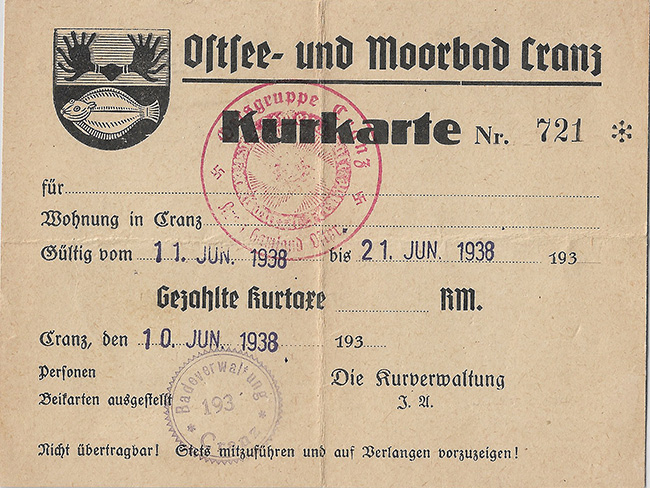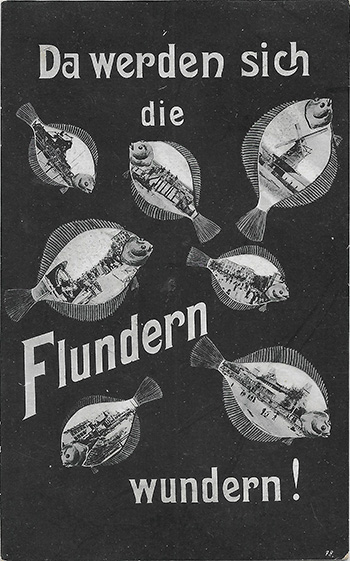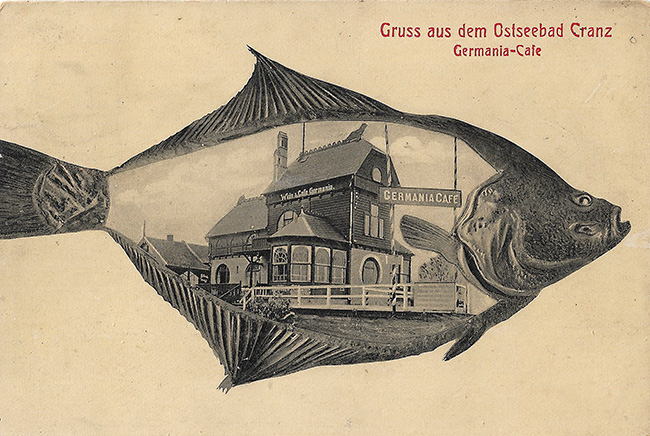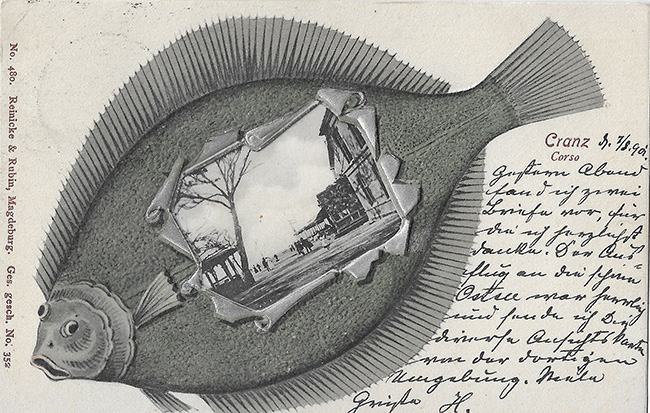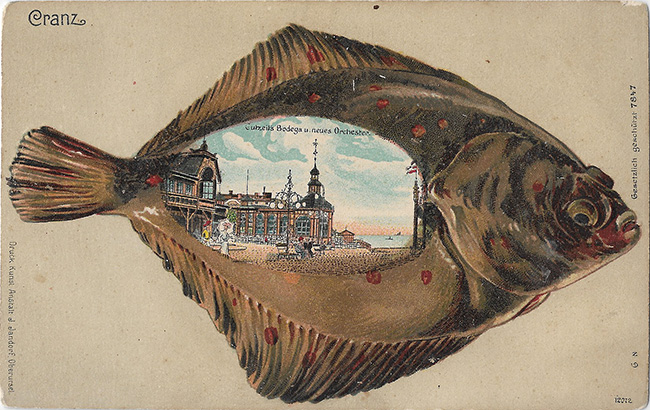Flounder on the coat of arms
Another chapter from the new book by Evgeny Dvoretsky "Samland. Kranz and the Curonian Spit in Old Postcards" , published in 2019. In East Prussia, several cities had a fish image on their coat of arms. One of them is the seaside resort of Kranz. The main symbol of Kranz was a flounder. By the way, this fish is also depicted on the coat of arms of Zelenogradsk.
__________________
Historically, the most important symbol of the fishing town of Cranz was the image of a flounder (German: Flunder ). And when on May 15, 1937, the seaside resort of Cranz received the right to have a coat of arms, the design that we know and see on this page was adopted.
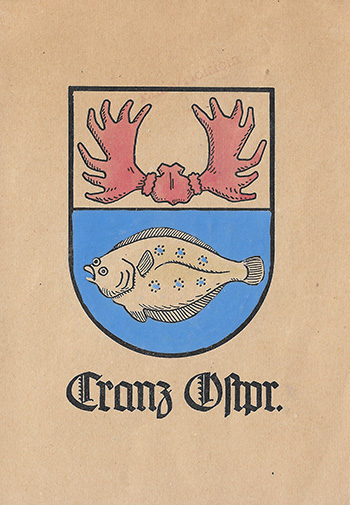
For many years, the author was forced to think about the fact that there was not a single postcard with a separate picture of the city's coat of arms, large. Just like, for example, on the Pillau postcards. There are many cards with flags along the promenade, where there is a coat of arms on the cloth, but its image is small, difficult to see. The Krantz coat of arms is not included in any armorial of East Prussia. How is it possible that there is a coat of arms and at the same time it is not? The answer turned out to be justified: three large settlements on the coast of Samland - Rauschen, Kranz and Palmnicken - did not have the status of a city, their official administrative gradation is a seaside resort. As was said in the paragraph above. A city (Stadt) could have a coat of arms, and each named place is a settlement, a populated area (Ort). The Krantz coat of arms is a sign of a resort (Kur-Ort), and not a city . Therefore, we come across the heraldic forms of the local resort administration, since the documents represent not a populated area, but an enterprise in a coastal town. For our convenience, dear residents of Kranz and Zelenograd, we will continue to say "city" about the settlement of Kranz, because... it is really a city, without quotation marks. Unofficially about Cranz and quite legally about Zelenogradsk.
